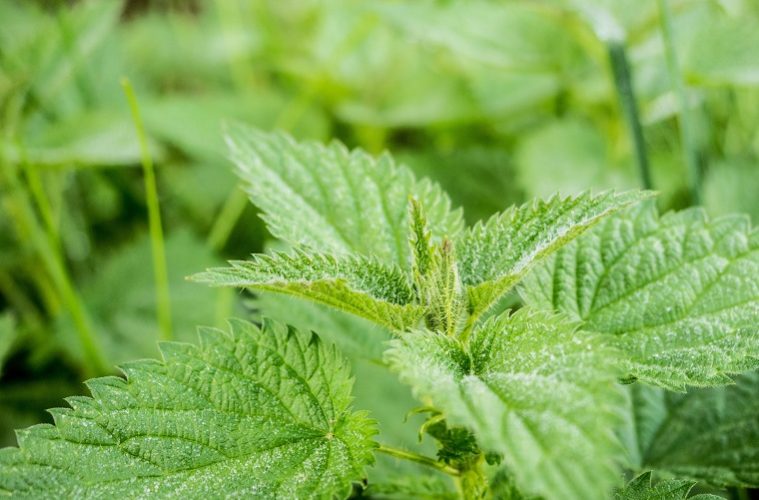It’s Be Nice to Nettles Week (14-25 May), a time when we are encouraged to recognise how important this humble weed is to wildlife. To celebrate, we’re looking at how nettles, and other weeds, are more than just a nuisance, but are important to humans too.
Nettles
Urtica dioica is apptly named, as anyone who has fallen foul of this perennial plant will attest – its sting does “urt”.
The nettle has been used in food for many centuries and once upon a time was relished as a springtime treat. Samuel Pepys wrote in his diary of having eaten “…some nettle porridge, which was very good”. Nettles work as an excellent substitute for spinach, and can be used to make pesto, in soups and stews tea and even beer. The Northumberland Cheese Company produces a nettle cheese. Full of calcium, magnesium, iron and vitamins, this stinger could be a super food in the future.
Chamomile
We’re familiar with chamomile tea, a soothing brew which is said to aid rest. But this fennel-like flowering plant has a wealth of medical benefits; to cure anxiety, upset stomach and bloating, or cold and flu symptoms.
It is also incredibly refreshing. Alongside hibiscus, raspberry leaf and lemongrass, it makes an immune-boosting fruit-flavoured punch; add water and hibiscus for a high-C ice pop; add to a banana smoothie or a latte; or add to your baking in place of spices or flavourings.
Dandelion
The poster-child of weeds, dandelions should be harvested when the leaves are very young, before it becomes bitter. In early spring leaves are sweet, tender and full of nutrients. Move over spinach, lettuce and kale: in a cup of raw dandelion leaves, you’ll find more Vitamin A, K, C and calcium that you’ll find in its leafy cousins.
Lambsquarter
If you like kale, this aggressive-growing plant could be for you. When eaten young, the leaves have a delicate flavour reminiscent of spinach and are delicious raw or cooked. Sauté older leaves with chicken or lamb for a delicious dish. The lambsquarter equivalent of a normal serving of salad contains fibre, potassium and Omega 3 fatty acids. You’ll also receive more than your daily quota of Vitamin C and more than twice your Vitamin A quota.
Forage responsibly and always verify what you’ve found is what you’re looking for before eating.

